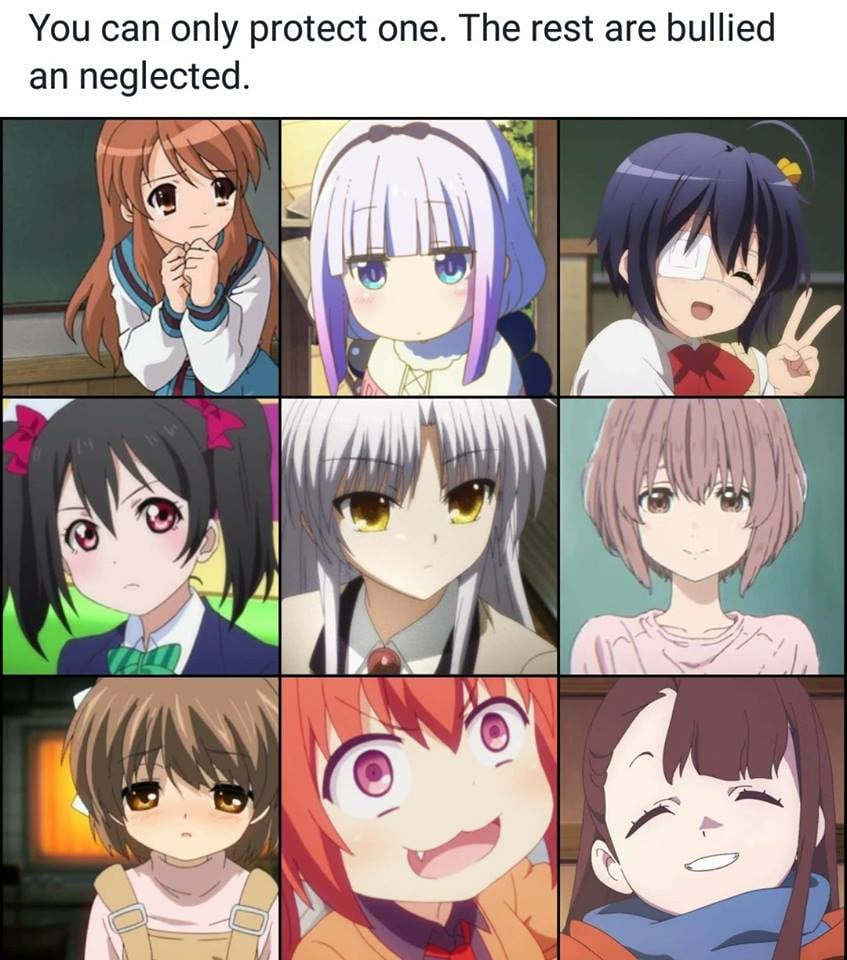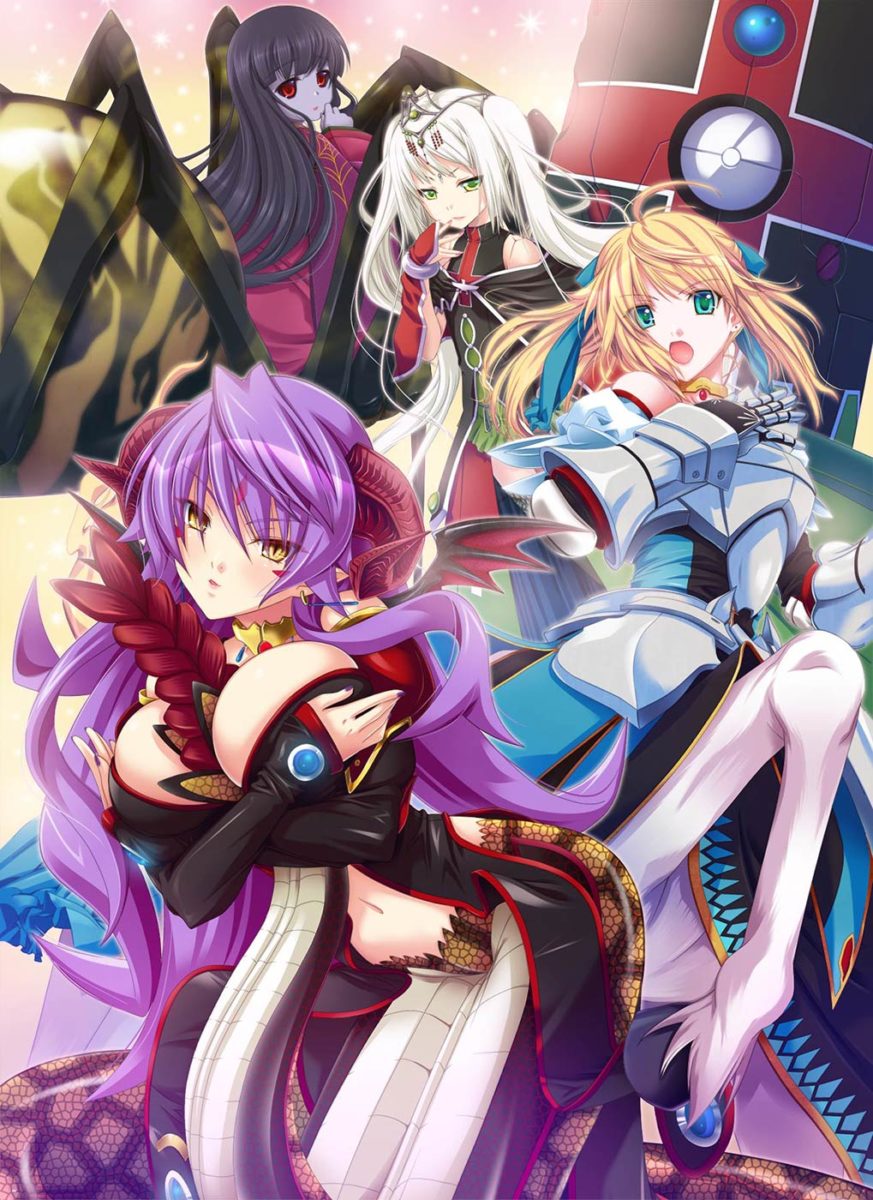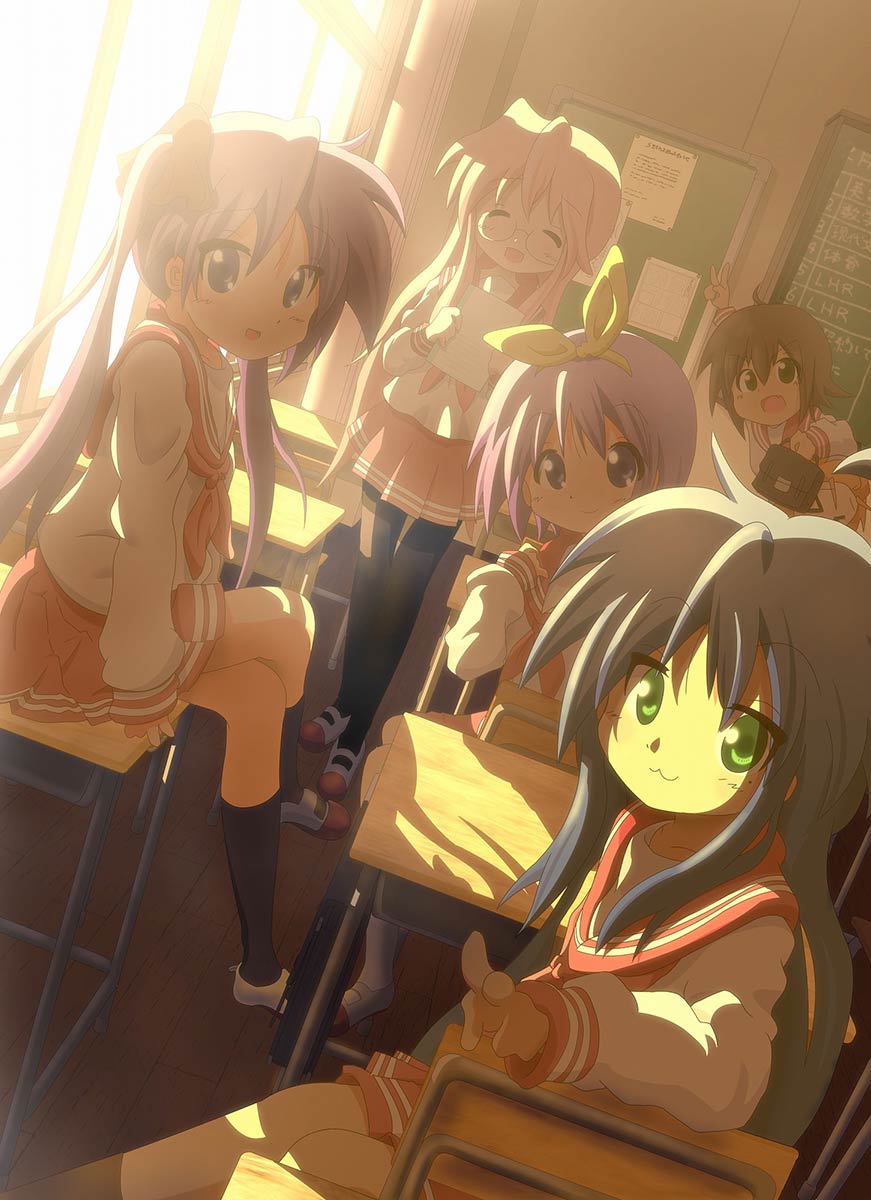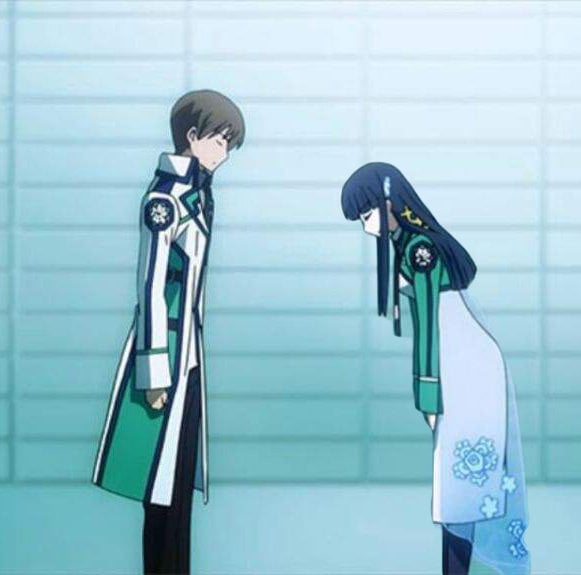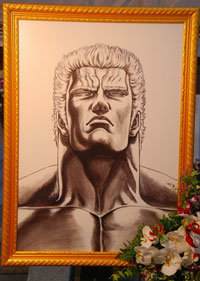We’ve been in “buy a car” mode for the past few weeks, driving around to various dealers to see their current offerings. In Japan, there’s a top-to- bottom check-up of all cars that must be done every two years called sha-ken, which is part safety inspection, part tax, and part penalty for not supporting the local economy by buying a new car as often as you could. Rather than paying another $1500 or so to keep driving our current vehicle, we did what many people do and decided to just buy a new one. As is commonplace in Japan, cars are sold through showrooms that are operated by the car manufacturers, a direct-sales business model that you’ll be familar with if you’ve ever bought a Saturn. If you want to look at Toyota you hit your local Toyota Netz dealership; to see the latest Nissans you visit either the Red Stage or Blue Stage (I’m still not sure what the difference between them is). You never drive off with a car that day, but instead order it and wait three weeks while they make it in the factory, like they used to do back in the U.S. I’ve come to realize that this period of anticipation for your new car is actually part of the fun of the car-buying experience.
We had really enjoyed driving our oddly-named Mazda Bongo Friendee, which is a minivan with a top that opens like the old Vanagons, great for watching fireworks with the kids (there’s a cult following for them in the UK). We wanted to replace it with something that was just as much fun. The keyword in the 2006 crop of Japanese minivans is “business class,” and the new versions of cars like Toyota’s Estima and Nissan’s Elgrand sport reclining second-row seats with extendible foot rests — they have cool names like “Captain’s Chair” or “Super Relax Seat.” I really liked the swivel seats in the Elgrand, allowing everyone in the family to face each other for an in-car game of Uno if the weather turns bad. Other features we liked in several new models included interior illumination (LEDs that fill the car with a cool blue glow) and the RFID-based “in pocket key” that lets you start the car without taking your key out of your pocket. In the end we decided to go with the newly redesigned MPV by Mazda, which had the business class-style seats, all-flat third seat and a hideaway space for me to store my onsen bath stuff.
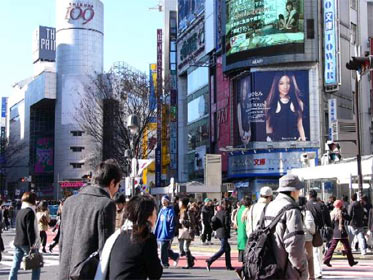
I’ll never forget my first trip to Tokyo, which I made a couple of weeks after arriving to Japan. As an anime fan, I knew I had to make my way to see the various real places that had appeared in the shows I’d watched. First I went to experience the weekend bustle of Shinjuku and stand before the famous Studio Alta television, and of course stare at the grandeur of the My City department store, which popped up in City Hunter from time to time. The icons of Tokyo’s hip Shibuya area were my next stop — I had to see the Shibuya 109 building and cross the famous “scramble intersection” (so named because you have to scramble across quickly or you’ll get hit by a taxi), and of course pay homage to the statue of Faithful Dog Hachiko. Then it was over to Tokyo Tower, the 333 meter high scale replica of the Eiffel Tower, which is featured prominently in many CLAMP anime stories. It was a great time to be alive.



